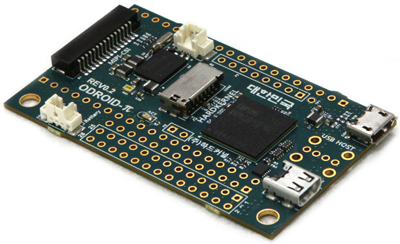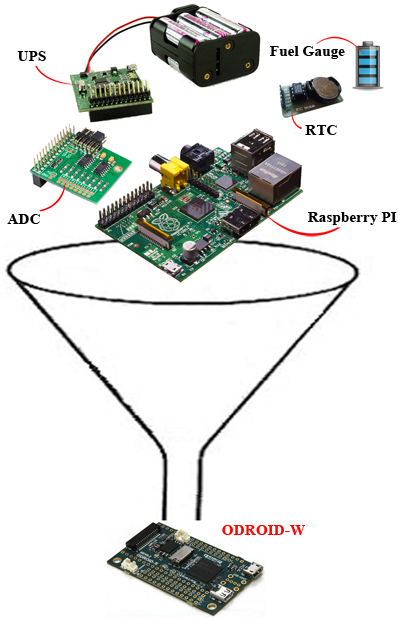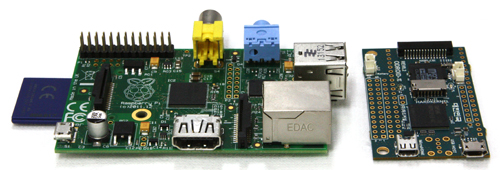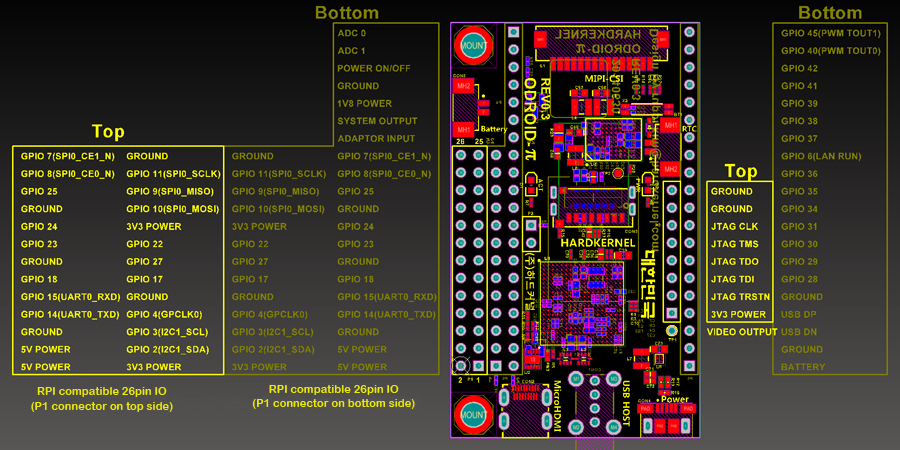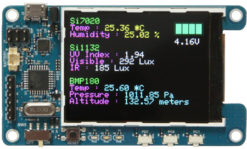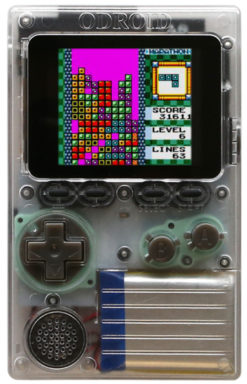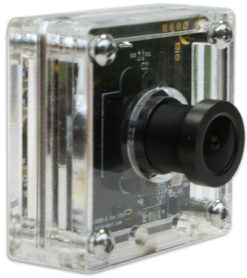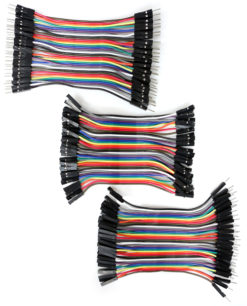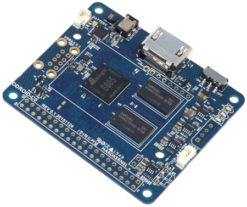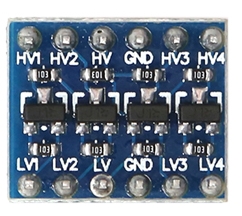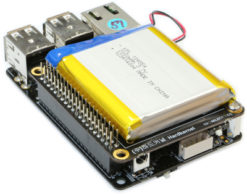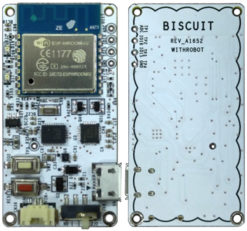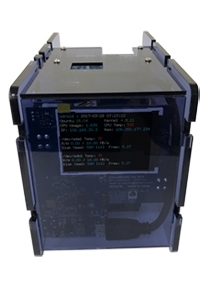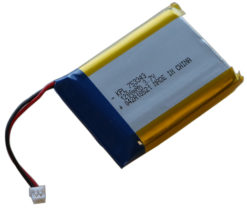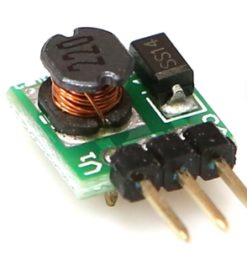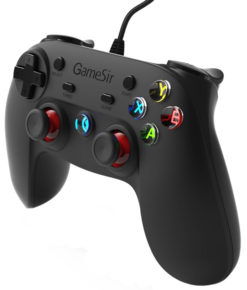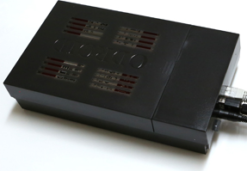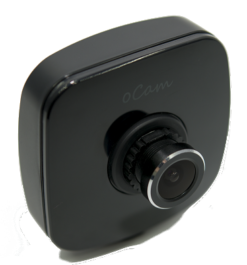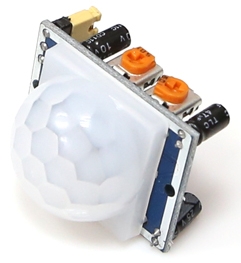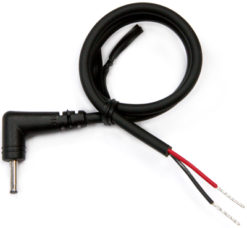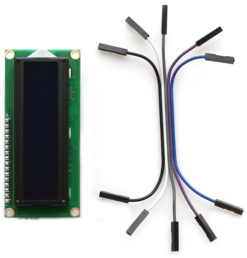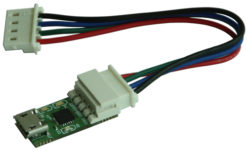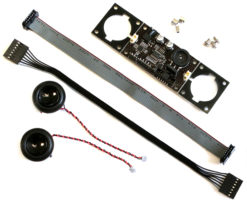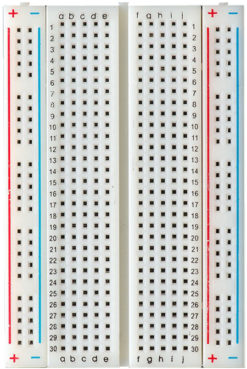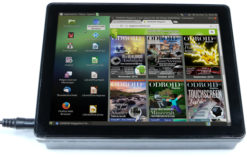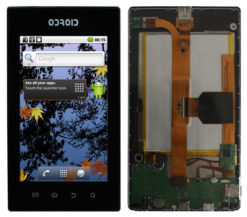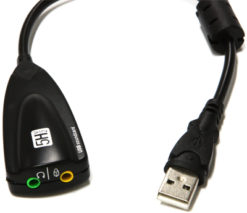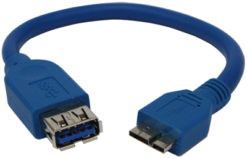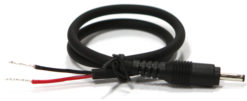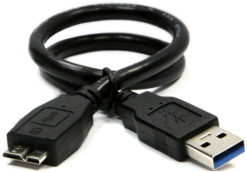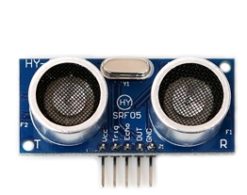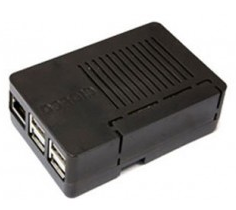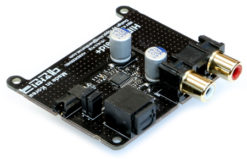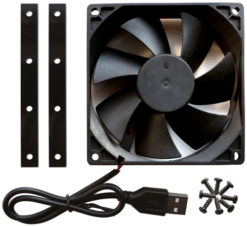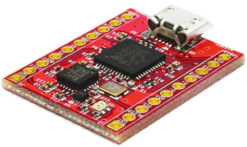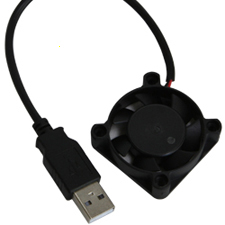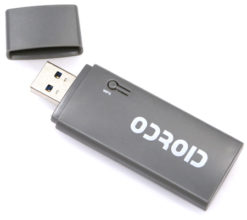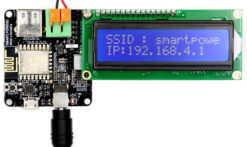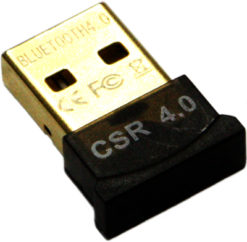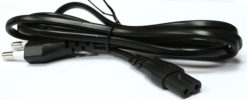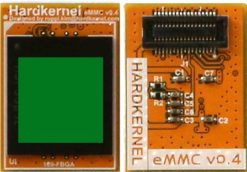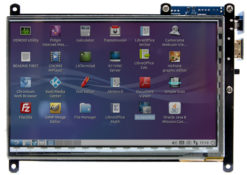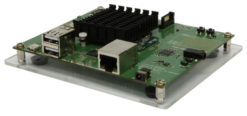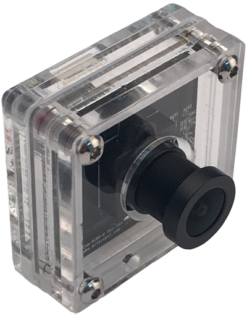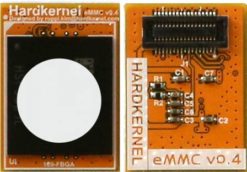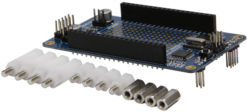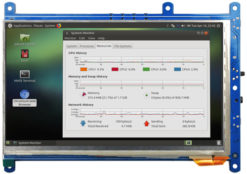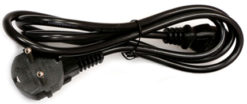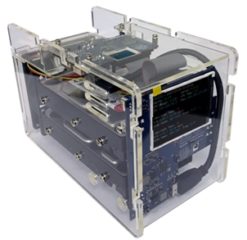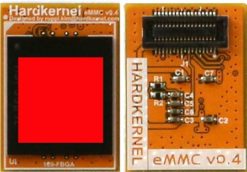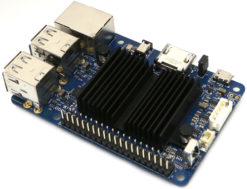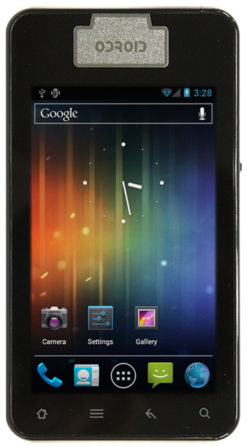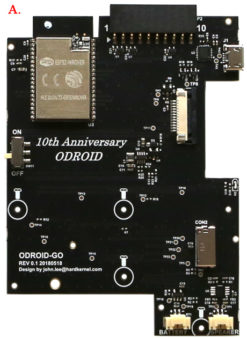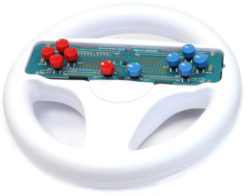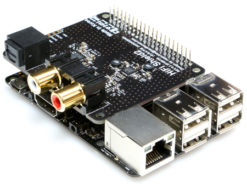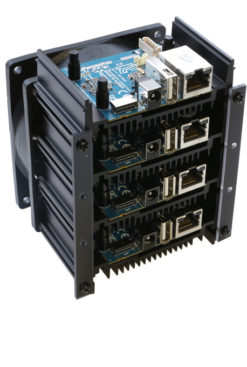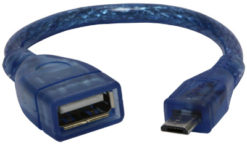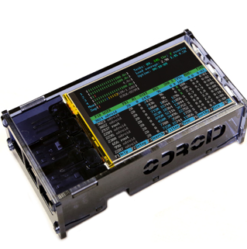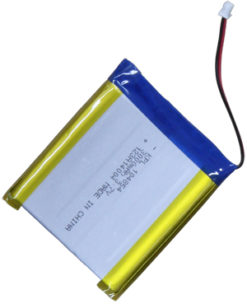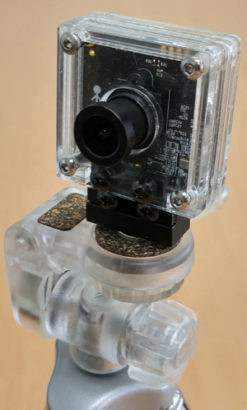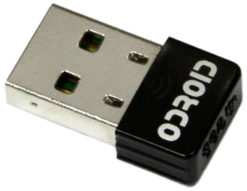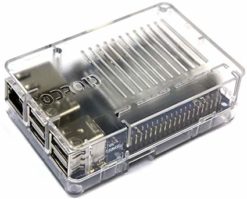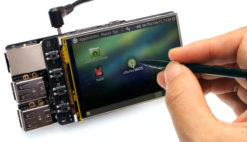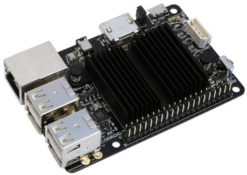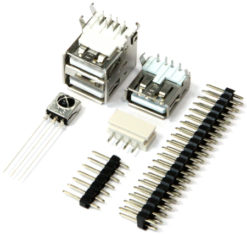(DISCONTINUED)ODROID-W
₩0
OBSOLETED
This product is no longer available.
품절
ODROID-W
ODROID-W is a miniature computing module which is fully compatible with all software available for the Raspberry-Pi.
The W stands for:
– Wearable device development
– Widely applicable Internet of Things (IoT) development
– Workable DIY electronics prototyping
The ODROID-W measures a very small 60 x 36 x 7mm (2.4 x 1.4 x 0.3”). new features and improvements over the original Raspberry Pi:
– Li+ rechargeable battery charger and fuel gauge for portables, wearable and robots application
– Real Time Clock to keep accurate time without an Internet connection by just adding a coin battery
– 12-bit precision ADC to measure the dynamic voltage signals via two single-ended inputs
– DC/DC step-down converters for higher power efficiency
– DC/DC step-up converter for 5Volt rails (USB host and HDMI) from a Li-Polymer battery
– USB Host port can be placed on top or bottom as preferred
– DIY friendly 0.1inch/2.54mm pitch IO connector (up to 32 GPIO ports) for handy prototyping
ODROID-W = RPI + RTC + ADC + UPS + Battery gauge with significant Minimalism
DEVELOPMENT HISTORY
In early 2014, we had an important project with our partner companies to help them to prototype a few wearable & IoT devices. 
At that time, we considered using the ODROID-U3 as a base platform. The ODROID-U3 is much faster than the Raspberry Pi, but the power consumption of the U3 is not suitable for wearable devices like watches or necklaces.
We even considered using the Raspberry Pi itself due to the lower power consumption and nice Linux BSP support, but the PCB of the RPi was huge (much bigger than the ODROID-U3).
To create the smallest wearable accessory possible, we decided to make our own (tiny) version of a Raspberry Pi, which allows full use of many widely available Pi peripherals such the Pi Camera module connector and 26-pin GPIO port.
The HDMI port and SD slot were changed to micro- sized connectors, and the MIPI DSI port was removed due to limited PCB space.
– PCB Revision 0.1
The first sample PCB (rev 0.1) was designed on April 14, 2014, and had a few jumper wires.
– PCB Revision 0.2
The second run was designed on May 19, 2014, which corrected some of the electronics designs and added an eMMC module socket for test purposes. Note that the eMMC is not much faster than SD card due to the slow eMMC host speed in the SoC. We could see only ~10% improvement.
– PCB Revision 0.3
There is no big different from Revision 0.2. It is for the mass production.
MAKE YOUR OWN SMART WATCH
HARDWARE SPECIFICATION
| Processor | Broadcom BCM2835 ARM11 700Mhz |
| memory | Samsung 4Gbit (512MB) LPDDR2 SDRAM |
| PMIC | Ricoh RC5T619 includes DCDCs, LDOs, ADCs, RTC, Battery charger and Fuel gauge |
| DCDC | TI TPS61259 is 5Volt step-up DCDC for USB host and HDMI block |
| Video Output | HDMI type-D (Micro-HDMI) |
| USB | High-speed USB 2.0 host |
| GPIO connectors | RPi compatible 13×2-pin header on the top side as well as bottom side for 2-way stacking 20+6 pin header for additional GPIO/ADC/Power/USB connection Total 32 GPIOs and 2 ADCs are available. |
| Camera connector | 15pin MIPI-CSI2 (Pi Camera module compatible) |
| Memory card slot | Micro-SD (T-Flash) |
| Power | Micro-USB socket for 5Volt input Li-Polymer battery connector (Molex 53398-0271) http://forum.odroid.com/viewtopic.php?f=104&t=6547 |
| RTC power | Backup battery connector (Molex 53398-0271) |
| Dimensions | 60 x 36 mm |
| Weight | 8 gram |
Raspberry Pi or RPi is a trade mark of Raspberry Pi Foundation.
You can discuss all the development issues in this forum.
http://forum.odroid.com/viewforum.php?f=102
연관 상품
Obsolete Products
(DISCONTINUED)oCam-1CGN-U Plus : 1MP USB 3.0 Color Global Shutter Camera
Obsolete Products
(DISCONTINUED)ODROID-VU7 : 7inch 800×480 HDMI display with Multi-touch
Obsolete Products
(DISCONTINUED)ODROID-VU7A Plus: 7inch HDMI display with Multi-touch and Audio capability
Obsolete Products
(DISCONTINUED)ODROID-MC1 : My Cluster One with 32 CPU Cores and 8GB DRAM

 English
English
